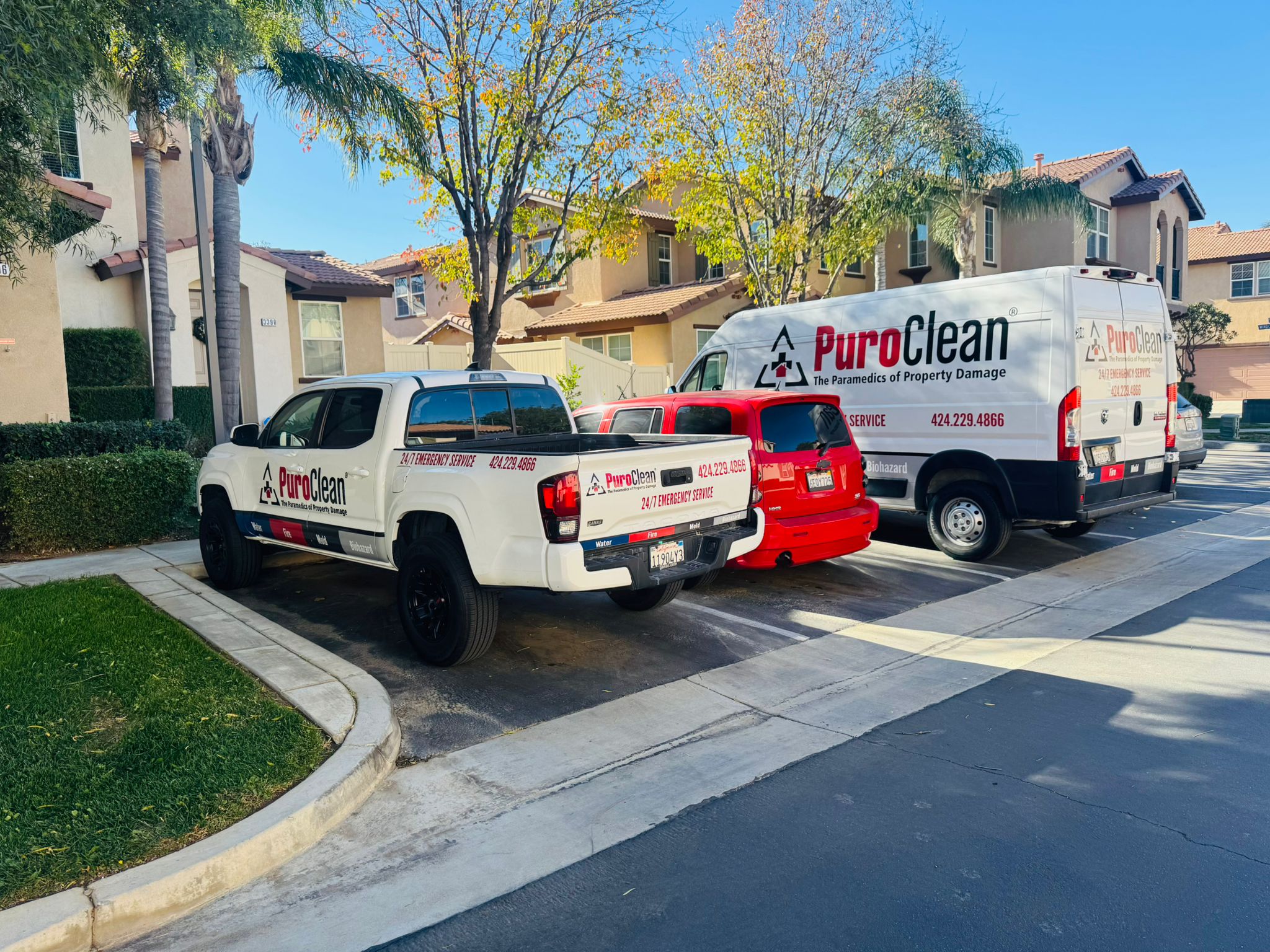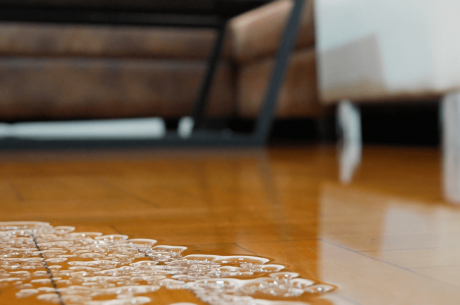Table of Contents

Water damage is a common yet frustrating issue many homeowners face, especially when it involves the ceiling. A water-damaged ceiling can lead to structural problems, aesthetic damage, and even health hazards like mold growth. This blog post will guide you through the process of identifying, addressing, and preventing water-damaged ceilings. Whether it’s a minor issue or a major problem, we’ll explain what steps to take and how to get the help you need to restore your home.
What is a Water-Damaged Ceiling?
A water damaged-ceiling is often caused by leaks from plumbing, roofing, or windows. Water can accumulate over time, causing discoloration, sagging, and sometimes even mold growth. The damage might start as small water stains, which can eventually spread to larger areas. If left untreated, water damage can affect the structural integrity of your ceiling and may require costly repairs.
Common Causes of Water-Damaged Ceiling
- Roof Leaks
One of the most common causes of a water-damaged ceiling is roof leaks. If your roof has missing shingles, broken flashing, or other damage, rainwater can seep through and cause stains or sagging on your ceiling. - Plumbing Issues
Leaks from pipes above your ceiling can also lead to water damage. Over time, the water can seep into the ceiling, causing stains and weakening the structure. - Condensation
If your attic isn’t properly ventilated, warm, moist air can accumulate and condense on the underside of the roof, leading to water damage. - Clogged Gutters
Gutters that are full of debris can lead to water overflow that seeps into your roof and eventually your ceiling. Clogged gutters can cause significant damage to your ceiling if not cleaned regularly.
How to Identify Water-Damaged Ceiling
Identifying a water-damaged ceiling early can save you a lot of money and stress. Some common signs to look out for include:
- Discoloration or Stains: The most obvious sign of water damage is water stains or discoloration on your ceiling. These may appear as yellow, brown, or even dark patches.
- Sagging: If the ceiling begins to sag or bulge, it’s a serious sign of water damage. This happens because the water has infiltrated the ceiling and weakened the structure.
- Peeling or Bubbling Paint: Water damage can cause paint on the ceiling to peel, crack, or bubble. This happens because the water breaks down the paint’s adhesive properties.
- Mold Growth: Mold thrives in damp environments. If you see black or green spots on your ceiling, it’s a strong indication of mold caused by water damage.
How to Fix a Water-Damaged Ceiling
- Assess the Source of the Water Damage
The first step in repairing a water-damaged ceiling is to identify the source of the water. Whether it’s a leaky roof, plumbing issue, or condensation problem, you need to fix the root cause before moving forward with repairs. - Dry Out the Area
Once you’ve fixed the leak or source of water, it’s important to dry out the affected area completely. Use fans, dehumidifiers, or even open windows to help the moisture evaporate. This step is critical to prevent mold growth and further damage to the ceiling. - Repair the Ceiling
Depending on the extent of the water damage, you may need to patch or replace parts of the ceiling. For small stains or cracks, a simple patching compound can do the job. However, if the ceiling is sagging or has significant structural damage, you may need to replace the damaged portion or even the entire ceiling. - Paint Over the Stains
Once the ceiling has dried and any structural issues have been repaired, repaint the ceiling to restore its appearance. Use a stain-blocking primer before applying your final coat of paint to ensure that the water stains don’t bleed through.
Preventing Future Water Damage
The best way to deal with a water-damaged ceiling is to prevent it from happening in the first place. Here are some steps you can take to protect your ceiling from water damage:
- Regular Roof Inspections
Inspect your roof regularly, especially after heavy storms or extreme weather. Make sure shingles are intact, flashing is secure, and there are no leaks. - Maintain Your Plumbing
Have your plumbing inspected periodically to ensure there are no leaks or issues with your pipes. A small leak can quickly turn into a big problem if not addressed early. - Clean Your Gutters
Regularly clean your gutters to avoid water overflow. Keeping gutters clear allows water to flow freely and prevents it from seeping into your ceiling. - Improve Ventilation
Ensure that your attic is properly ventilated to reduce condensation. Proper airflow will help keep moisture levels down and prevent water damage to the ceiling.
When to Call a Professional

If your ceiling shows signs of water damage, especially if the damage is extensive or ongoing, it’s essential to call in a professional for help. Handling water damage requires more than just fixing the visible stains; professionals will ensure that the water is completely removed, the source is identified, and mold is prevented.
Puroclean of Bellflower is here to help you with all your water damage needs. Our experienced team can assess your water-damaged ceiling, identify the source of the leak, and provide comprehensive restoration services.
Don’t wait for the damage to get worse—call us today at (562) 356-8500 for a fast and reliable solution to your water damage problems. With our expertise, you can rest assured that your home will be restored to its original condition, and we’ll help you prevent future water damage from affecting your ceiling again.



 PuroClean of Bellflower
PuroClean of Bellflower